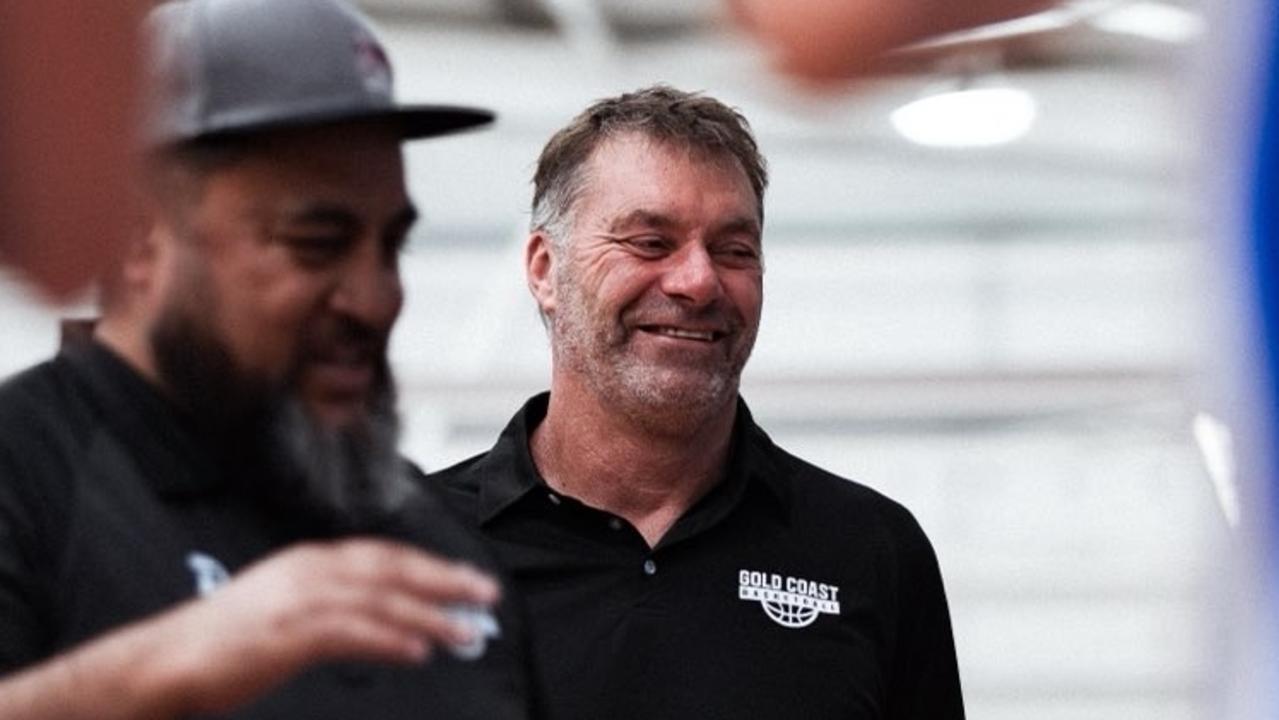Gold Coast’s Glynis Nunn opens up on her amazing career, frustration at drug cheats and a good pavlova
AUSTRALIAN golden girl Glynis Nunn-Cearns completed a fairytale journey that began in the backblocks of a home-made training track south of Toowoomba to Olympic glory.
Sport
Don't miss out on the headlines from Sport. Followed categories will be added to My News.
AUSTRALIAN golden girl Glynis Nunn-Cearns completed a fairytale journey that began in the backblocks of a home-made training track near Hodgson Vale, south of Toowoomba, and ended in glory at the Los Angeles Coliseum as the Olympic heptathlon champion. Nunn-Cearns remains heavily involved in athletics in both coaching and administrative levels. She remains a harsh critic of drugs in sport.
IT’S TOUGH AT THE TOP
Q: Glynis, standing on the dais after winning gold in the 1984 heptathlon, you bawled your eyes out, and justifiably so. What are your memories of that proud moment?
A: Yes, I did cry but I can’t remember too much from when I found out I’d won to the next day. I was away with the pixies. Cloud nine does exist.
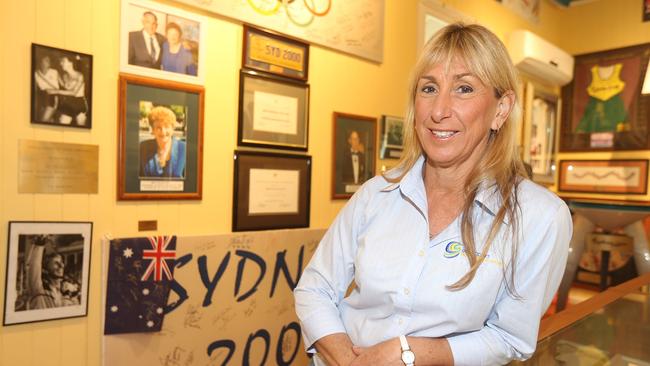
Q: That was the first heptathlon event ever held at the Olympics, wasn’t it?
A: It used to be the pentathlon which involved five disciplines – hurdles, shot put, high jump, 200m sprint and long jump. They changed it to heptathlon by adding the javelin and 800 metres.
Q: So you were the first Olympic heptathlon champ at a time when Russia boycotted the Games?
A: I guess I held the Olympic record for four years and yes, Russia boycotted the games. But you can beat only who was there.
Q: Fair enough. So was the soon-to-be-great Jackie Joyner among those you beat for gold and did you surprise yourself?
A: Every athlete dreams of going to the Olympics, full stop. Then your pie-in-the-sky dream is to win a medal and I was just one of those lucky ones when everything fell into place and it happened.
Q: Be honest here, did you give yourself any chance to grab the gold medal?
A: I actually thought I had a chance of getting a medal. If you talk to Jackie Joyner, and I saw her quite a few years later, and she said I was her worst nightmare and that I was the one she had picked out of the group. I’d won the Commonwealth Games in Brisbane, in the world championships in 1983 I finished seventh and going into Los Angeles I’d had a few good results. I’d have been at long odds, not 100-1, a fair bit shorter than that.
A SCOURGE ON THE SPORT
Q: In your era systematic doping of athletes was rife. Did you ever flirt with the idea of using steroids or, in fact, actually use a performance enhancing drug?
A: No, no, no. I’ll put it this way. Renowned American coach Vern Gambetta actually told me that my Olympic gold medal in heptathlon was the cleanest medal ever in that event, as in not drug-tainted. That was a big pat on the back for me.
Q: Were you ever approached by anyone to try steroids?
A: I actually had an Australian coach who said I would never get anywhere unless I did drugs. Needless to say, I did not involve myself with him any further.
Q: Did you ever see athletes actually being injected with drugs such as steroids?
A: I saw needles being used in Australia and overseas, it was one of those things. You get told things – and I saw things – but until an athlete is proven positive then they’re fine.
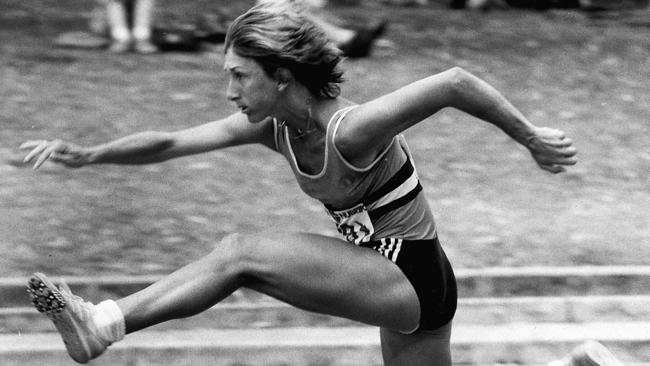
Q: Did you alert the authorities of the time about what was going on?
A: I did not think about saying anything because it was the athletes’ morals, it was their problem, not mine.
Q: So did any of those you saw being injected get caught?
A: Yes, but I’m not going to say who they were, although I will say they were involved in track and field.
Q: So what are your thoughts on people who try to cheat the system by using drugs?
A: Realistically, drugs will always be in sport. It is up to the individual person to make the moral choice if they are going to explore the world of performance-enhancing drugs. I have never judged others because they ultimately have to live with their choices – whether that is being found positive, having sickness when older or actually being successful by cheating. I took solace in knowing that what I achieved was through hard work and good guidance.
Q: I guess that’s your mantra in your roles these days of coaching youngsters?
A: Definitely. I’d love to see future Games stars come through the Gold Coast Academy of Sport program and my There’s Nunn Better coaching school.
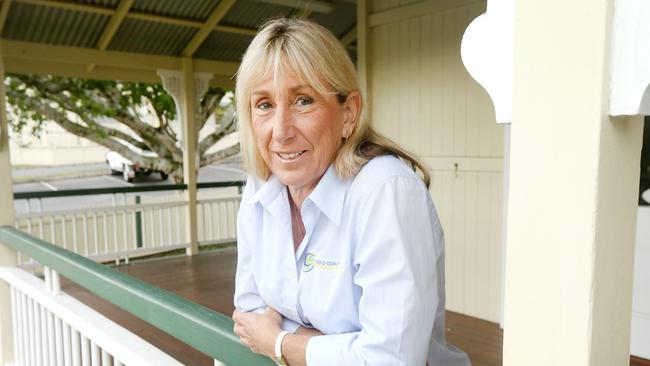
Q: Gold Coast swimmer Thomas Fraser-Holmes was recently banned for allegedly failing to reveal his whereabouts when ASADA came knocking? What do you think of that? Was it too harsh?
A: I can understand it happening once, but two times and three times? That’s when you get your act together and report where you are. It’s really hard the situation with whereabouts. I know I was teaching and I had ASADA turn to my school for a drug test.
Q: They turned up at your school during class? Really? Why did they do that?
A: It was at Immanuel Lutheran College on the Sunshine Coast and I was pregnant at the time. I looked at them and I said, ‘Are you serious?’ That was because it was after I had finished racing. I said to them it was going to be such a waste of time and money and they said, ‘Well, you need to take yourself off the active list’. I said, ‘Really?’ but I had to do it. They (tests) would have come back pregnant.
Q: Were you often drug tested overseas at all?
A: My first trip to Germany was when I was tested. I even had to go through a sex test as well.
GROWING UP GLYNIS
Q: So tell us about your younger days. Where did it all begin for a young girl named Glynis Leanne Saunders?
A: I attended Middle Ridge primary, which had only three teachers and grades were grouped in Years 1 and 2, Years 3 and 4 and Years 5, 6 and 7. In my group there were eight boys and only two girls which probably explains why I was a tomboy.
Q: It was in those days that your family purchased a property named Preston, near Hodgson Vale on the Warwick road. Was that where your athletic ability first surfaced?
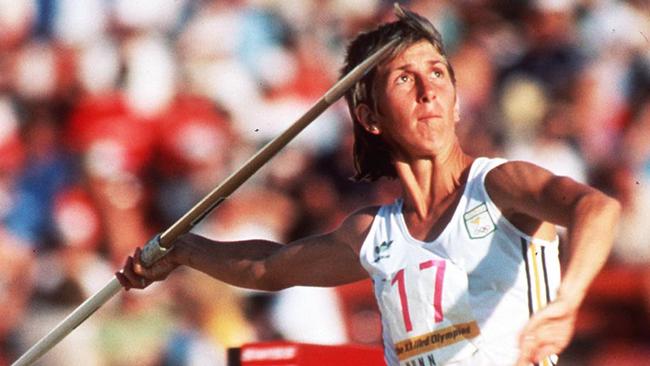
A: When we were at the farm I joined the Toowoomba women’s athletic club where Ian McQuillan was coach. I used to do cross-country, that was my first state representation. We had a course around the farm, up and over the hills, over the fences, through the gates. I just enjoyed doing everything.
Q: Was it like you set yourself up basically with do-it-yourself equipment?
A: Yes. We had hurdles made of dowel, for Christmas I got some foam in some hessian bags and that was my high jump pit, for my long jump pit we dug a hole and filled it with sand. It was all home-made stuff.
Q: Ian McQuillan was your school and club coach in Brisbane. Who else helped you in your development phase?
A: “Mr Mac” (McQuillan) coached me in everything but a few years later I used to go down to Brisbane where Les Hudson helped me with hurdles and long jump. We used to go down about once a month and it was just specialist training at Downey Park. That’s where I learnt the hitch kick, where you used to run in the air in the long jump.
LIFE OFF THE TRACK
Q: Glynis your pursuit for Olympic gold and excellence in your special sporting arena came at a price. Can you tell us about that?
A: I’ve been married twice and let’s just say that circumstances led to this. Yes, unfortunately, my marriage to Chris (Nunn) early in the 80s didn’t last – we were young and the pressures associated with the Olympics were enormous. We (second husband David Cearns) are recently separated, it is something that just happens to a lot of couples. Life goes on.
Q: Is it fact that you had stints as a fitness coach with two Australian football clubs?
A: When I was living in Adelaide I was fitness coach for West Torrens for two years. When I moved back to Queensland I was sprint coach with the Brisbane Lions when Roger Merrett had replaced John Northey as coach mid-season in 1998. When Roger left, he had been caretaker coach, I left just because of the way they treated him. It was terrible.
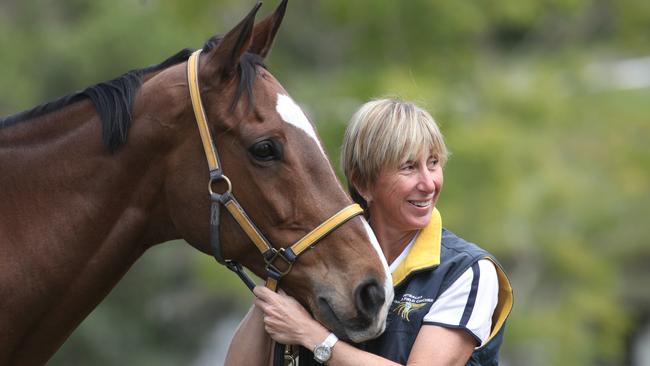
Q: To get away from your roles as a coach and academy manager, what do you do in your down time.
A: We have a property at Tamborine and we have eight horses. My daughter Jessie is into showjumping. That keeps me occupied during my spare time.
Q: And you also have a son Blake. What is he up to?
A: Blake is into soccer and he’s just going back to college in Indiana in America.
Q: When did you finally make the decision to retire? Was it an injury that forced it?
A: That was in 1994. I was competing in the World Masters and I was pregnant with Blake. I was trying to make it to the Victoria (Canada) Commonwealth Games but I badly tore a hamstring so it just didn’t happen for me earlier. I thought I would finish my career in the World Masters.
WHERE’S WALLY AND PAVLOVA
Q: It has been leaked to us that you used to have a rather unusual nickname. What was it?
A: It was Wally. One of my husbands (Chris) called me that because I always used to say silly things and I’d always fall over. Like ‘you big Wally’.
Q: Can you recall the times when you lived up to the nickname?
A: One was in LA prior to the Games and I was with Pat Clohessy and we were walking and there was a stake in the ground. I said to Clo ‘watch out for that stake, don’t walk into it’. Guess who did? Me, and I had a big ding in my shin. Another one was prior to the 1982 Comm Games and in the warm-up area there was a piece of netting around the field to stop the discus going on to the track. So I jumped over the netting but landed in a hole and did my ankle so I didn’t go in the opening ceremony.
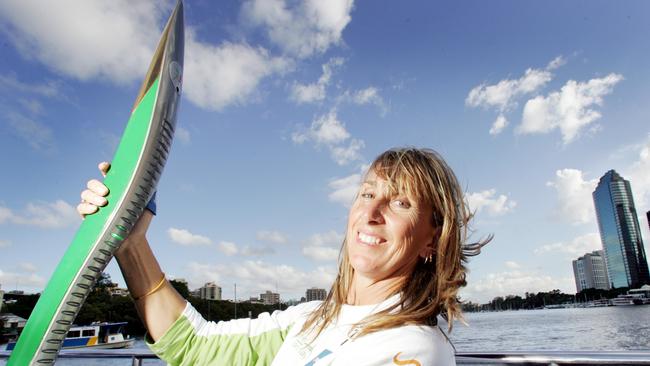
Q: Who did you idolise in sport in your development years to use as an inspiration?
A: I liked Arthur Ashe, the American tennis player. Why? Because he was such a good sportsman whether he won or lost. He was such a good role model.
Q: Were you like that as your career started to take shape:
A: I always used to like to be a good sport. I remember as a kid in Toowoomba I used to always get beaten by this girl in every race. Then once we raced at Lang Park and I ran second to her. There was a protest and they had to re-run the race and I beat her, for the first time. And she gave up the sport. It just goes to show it’s persistence. I just loved competing.
Q: I believe you had an unusual breakfast every race day?
A: I used to have pavlova and fresh fruit on my race days but that was hard to get when I went overseas.
GETTING TO KNOW AN AUSSIE TRACK STAR
Glynis Nunn-Cearns, OAM.
Born: Toowoomba.
Age: 56.
Lives: Tamborine Village.
Olympic Games medals: Gold in heptathlon at 1984 Los Angeles.
Commonwealth Games medals: Gold in heptathlon 1982 in Brisbane. Bronze in 100m hurdles 1986 in Edinburgh.
In 1985 Glynis was inducted into the Sport Australia Hall of Fame.
Oceania Athlete of the Year, female Olympian of the Year.


